



Hosted by Jordi Cortina, University of Alicante
Systematic restoration planning can help to develop restoration prioritization strategies that integrate multiple criteria and multiple agents. Furthermore, prioritization strategies must be participatory, feasible, affordable and operate at multiple scales. The University of Alicante has developed a participatory restoration plan for two Forest Units in the Region of Valencia: Enguera and Crevillent. Crevillent Forest Unit covers 224,472 ha in one of the driest areas of Europe. This landscape has been intensely transformed and degradation drivers are manifold (wildfires, urbanization-tourism, intensive agriculture, and coastline modification), and represent large extents of the Mediterranean coastal region.
Despite the long-term use, the area is highly diverse. One fifth of the land is protected in Natura 2000 areas, either as Sites of Community Interest (5) or Special Protection Areas for Birds (9). Main terrestrial habitats include Salicornia and other annuals colonising mud and sand (1310), Mediterranean salt steppes (1510), Mediterranean and thermo-Atlantic halophilous scrubs (1420), Mediterranean salt meadows (1410), Wooded dunes with Pinus pinea and/or Pinus pinaster (2270), Dune sclerophyllous scrubs (2260), Mediterranean salt meadows (1410), Fixed beach dunes (2210), Embryonic shifting dunes (2110), Shifting dunes along the shoreline with Ammophila arenaria (white dunes) (2120), Thermo-Mediterranean and pre-desert scrub (5330), Southern riparian galleries and thickets (92D0), Halo-nitrophilous scrubs (1430), Pseudo-steppe with grasses and annuals (6220), Rupicolous calcareous or basophilic grasslands (6110), Arborescent shrubland with Zyziphus (5220), Calcareous rocky slopes with chasmophytic vegetation (8210), and Arborescent shrubland with Juniperus spp. (5210).
Restoration actions have been developed throughout this area for decades. Actions illustrate a paradigm shift from conifer plantations to mosaics of forests, shrublands and steppes, better adapted to semiarid conditions, and more resilient to aridification. In this field trip we will (i) show examples of traditional and innovative restoration practices, (ii) discuss the benefits and logistic challenges of participatory restoration, and (iii) present our approach to participatory restoration planning.
Tentative timetable
|
8:45 9.00 |
Meeting time Depart from University of Alicante Campus, Sant Vicent del Raspeig. |
|
10.00 |
Sierra de Orihuela. Management of semiarid steppes and decaying Aleppo pine plantations. |
|
11.00 |
Orihuela. Restoration of historic palm orchards. Palm plantation. |
|
13.00 |
Guardamar lunch |
|
14.00 |
Guardamar. Historical and current approaches to sand dune restoration. Forest nursery. |
|
15.00 |
Guardamar. Segura river restoration. |
|
16.00 |
Fondó d’Elx Natural Park. Wetland creation. |
|
17.00 |
Associació regants Carrissals |
|
18.30 |
Back to University of Alicante |
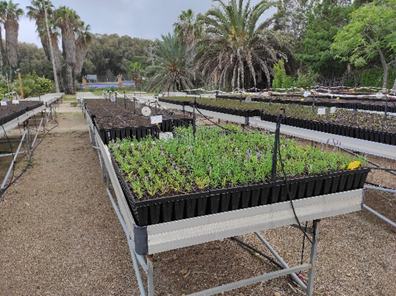

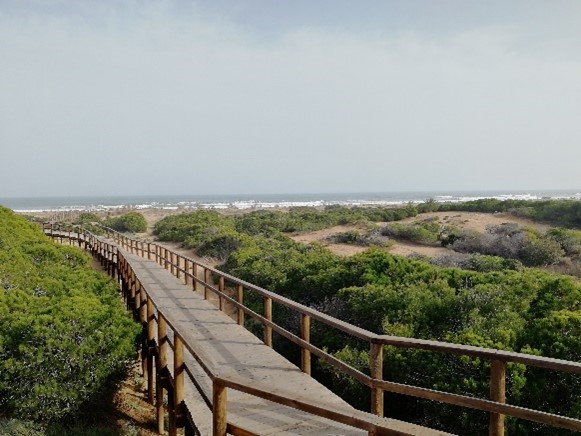

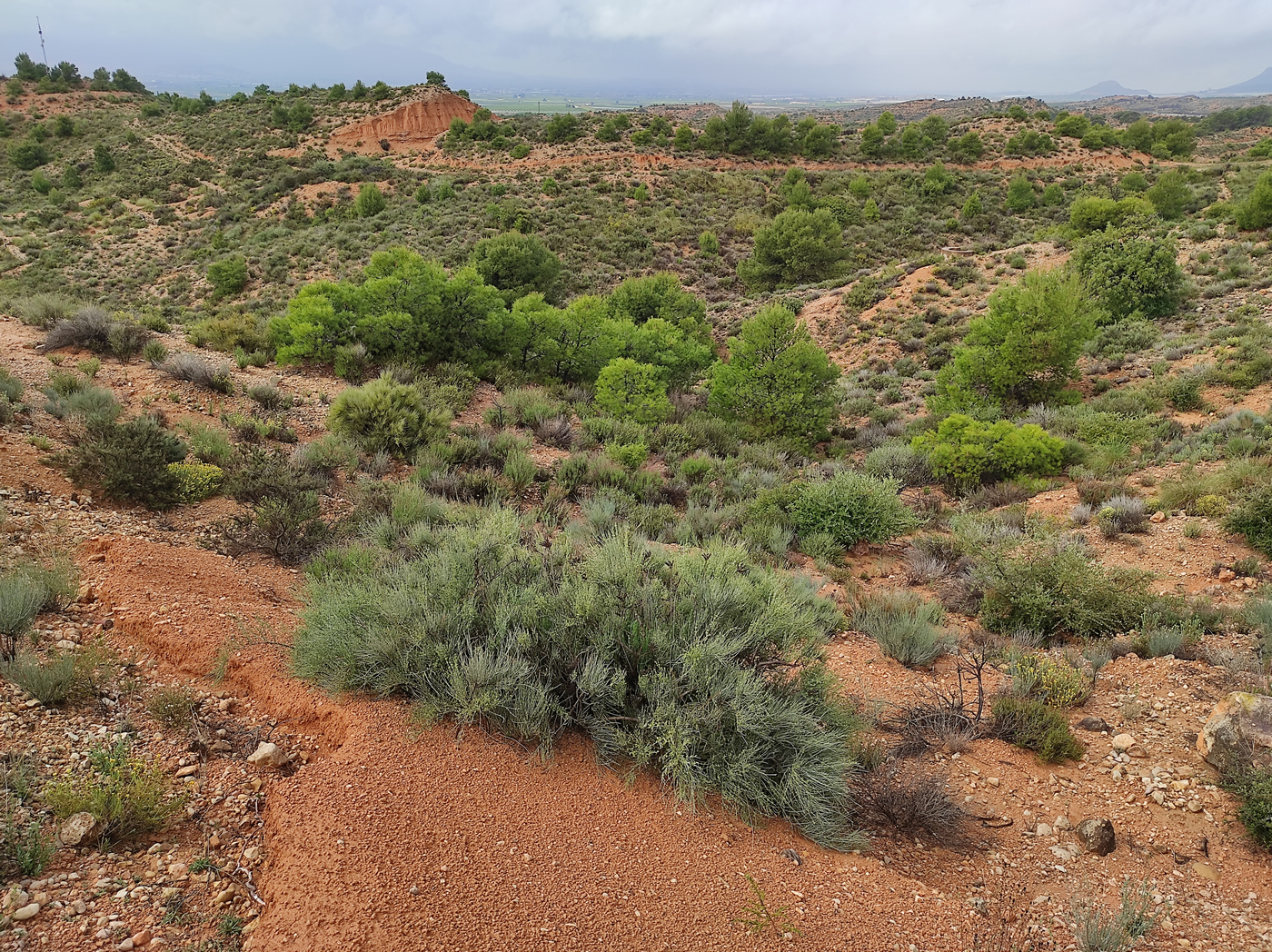
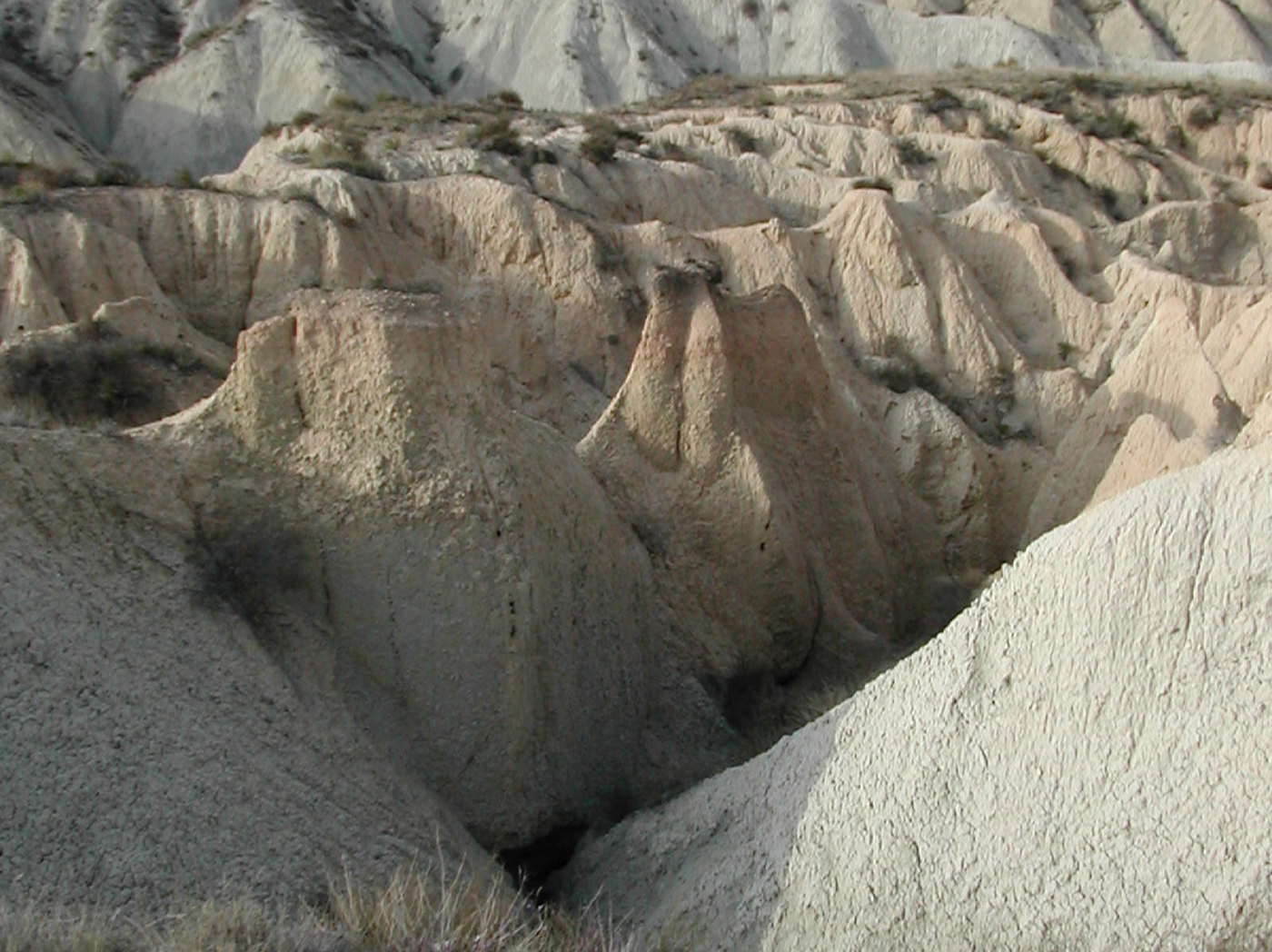
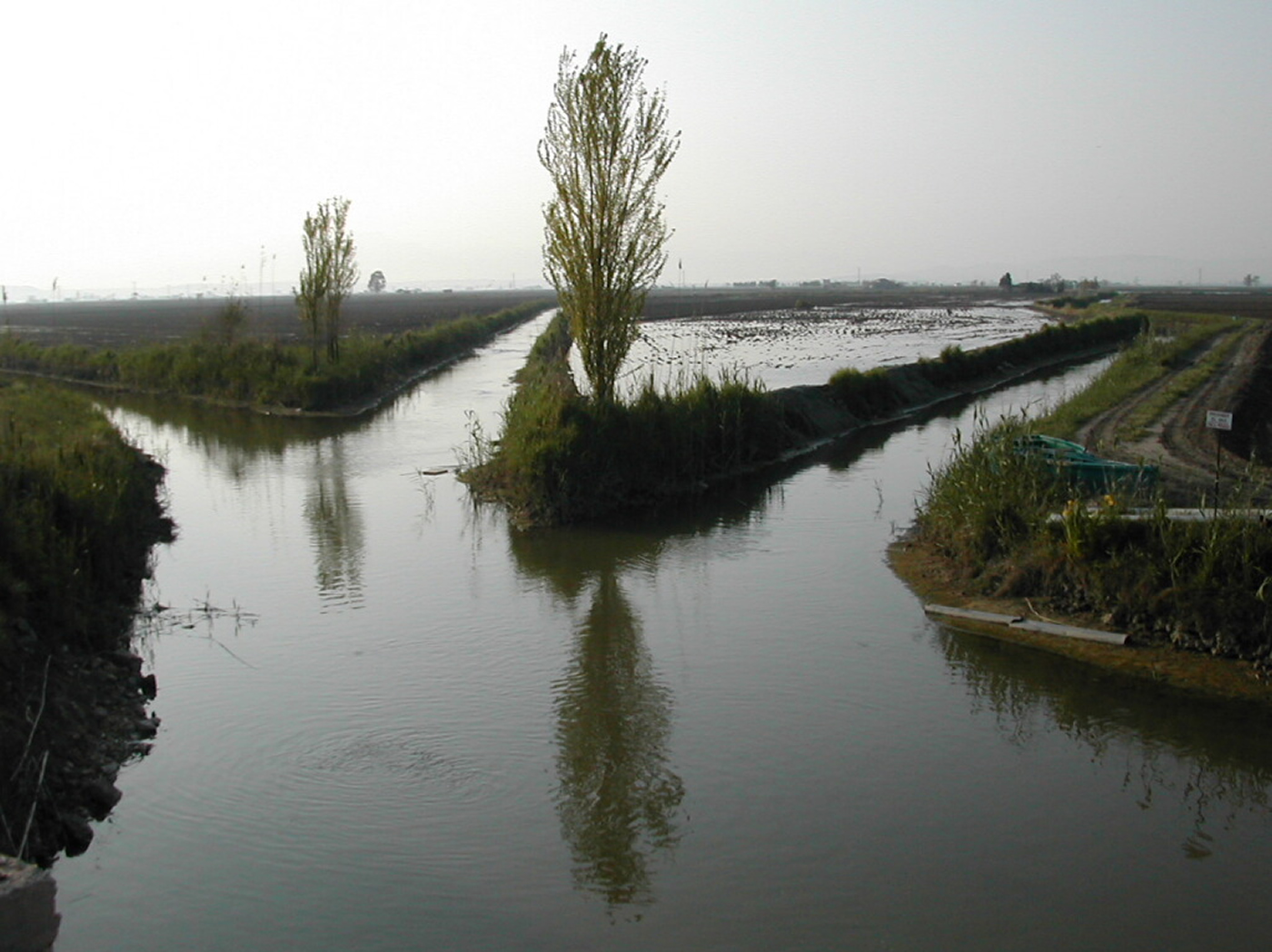



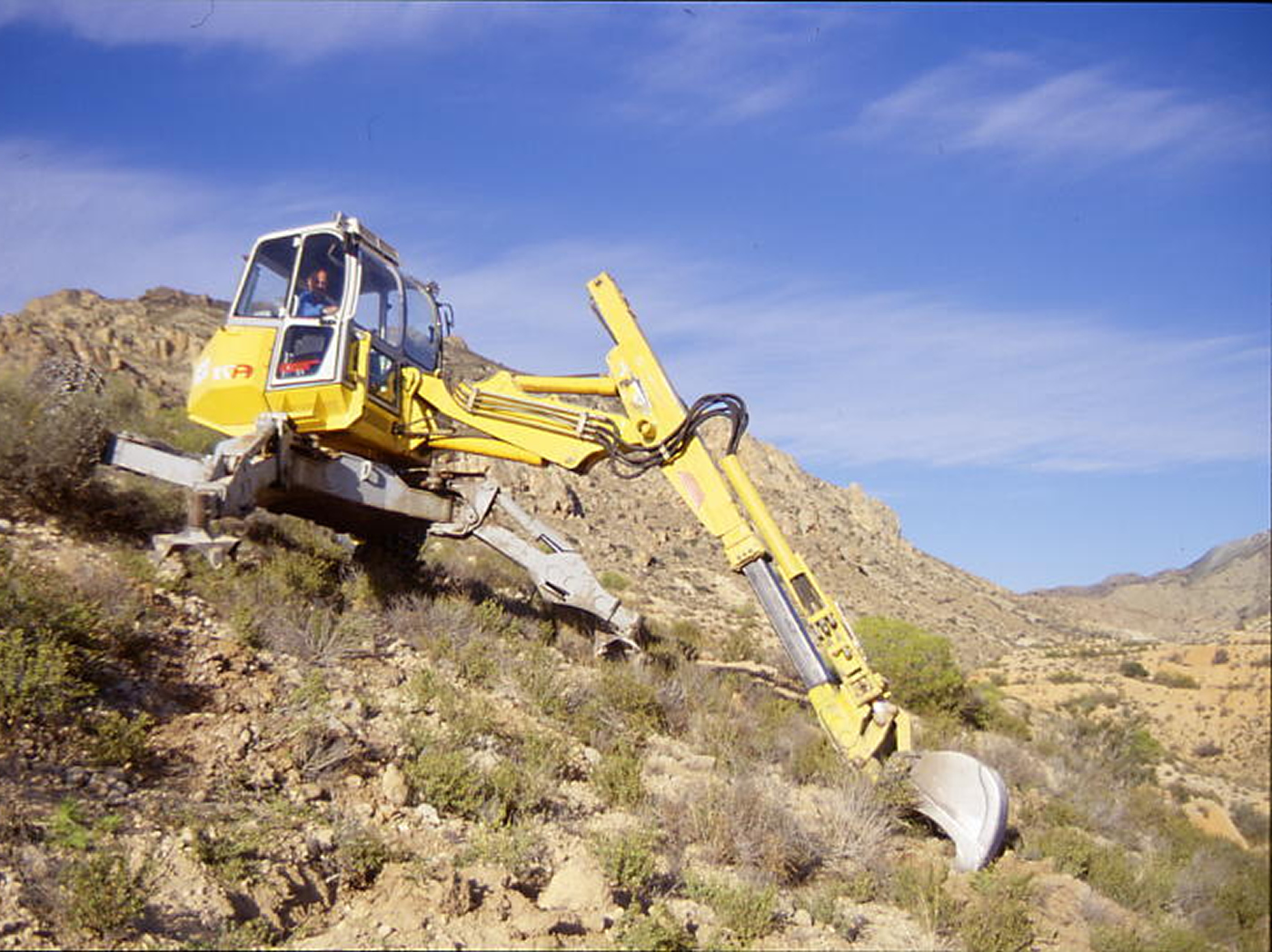





ALO CONGRESS- VIAJABIEN S.L.
Numancia, 73, 7º C2
08029 - Barcelona (Spain)
Phone: (+34) 933 633 954
secretary@sere2022.org
Payment and invoices
admin@sere2022.org